While World War II is still widely discussed and analyzed, the horrors of the first have all but faded from memory. For more than four years, millions of people around the world were killed by newfound weapons of destruction such as artillery, tanks, poison gas, airplanes, flamethrowers, and many others. It was first a modern conflict that united science and war in a new, terrifying way.
By some estimates, could have died in the war more15 million people, although the actual number is probably much higher. Unfortunately, about 13 million of them were civilians who died from starvation, disease, massacres, civil wars and many other tragedies caused by the Great War.
10. Surafend Massacre
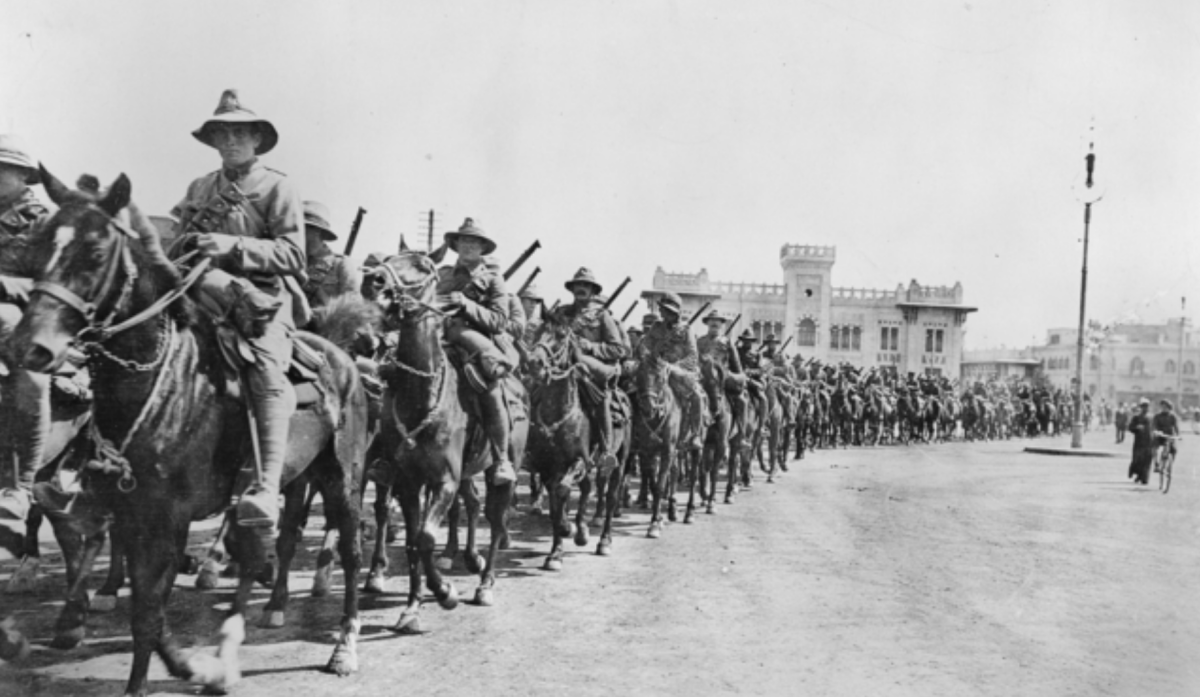
December 10, 1918 group ANZAC (short for Australian and New Zealand) soldiers surrounded the village of Surafend in Palestine. They sent women and children, the unit proceeded to massacre the male population of a small village using guns, bayonets and heavy sticks, killing between 40 and 100 people and burning most of the village buildings .
This became known as the Surafend massacre, carried out in retaliation for the murder of an ANZAC soldier by a local thief. It was one of the most shocking episodes of the war, although the perpetrators were never identified or charged. The Surafend massacre can be understood in context wider tensions between the Palestinian Arabs and the occupying ANZAC forces throughout the war.
9. Famine in Mount Lebanon

Before the war, Mount Lebanon was a semi-autonomous Turkish region in what is now Lebanon, whose economy relied heavily on silk production and trade. Beginning in 1914, many factors related to the war combined to cause one of the worst famines in the region's history, killing more than 200,000 people over four years.
First, maritime trade was cut off by an Allied blockade in response to the Ottomans joining the Central Powers. This was followed by an Ottoman-imposed land blockade. , as well as a devastating locust plague that destroyed crops in Palestine and Syria.
Accounts from inside the city tell horrific tales of starvation, including instances of cannibalism. The ordeal continued until the British and French defeated the Ottomans in 1918, when they destroyed between one third and one half of the population of Mount Lebanon.
8. Germany

Almost immediately after the war began British blockade Germany, aimed at starving the German population and breaking its will to fight. Although it was hardly effective at first, the continuing shortage of supplies did begin to hamper Germany's war effort by 1917, as officers found it difficult to obtain food or warm clothing for their units operating on the brutal front.
For civilians in German cities, the situation had gone from bad to catastrophic by the end of the war. This was exacerbated by factors other than the blockade, such as the severe shortage of agricultural labor throughout Germany, which led to its worst phase in the winter of 1916–17. By the end of the war, more than 770 000 people died of starvation, and in the following years millions more died of malnutrition and other related causes.
7. Belgium
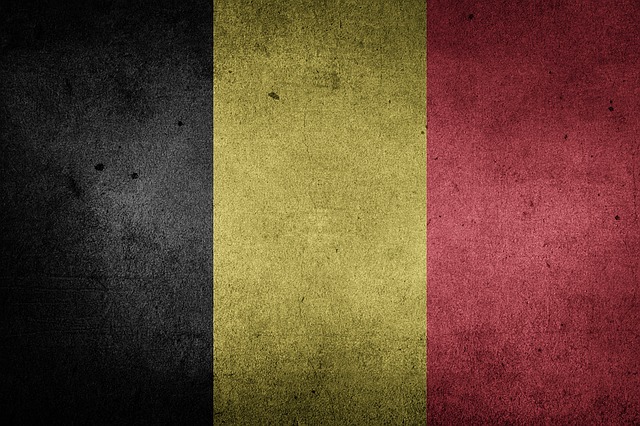
The German army entered Belgium in August 1914, beginning one of the most brutal occupations of the war, now largely forgotten. Atrocities began almost immediately, prompted by the fierce resistance of Belgian troops. During the first four days of the invasion, some 850 civilians were shot or bayoneted in the Liege area alone.
In the Allied countries, this episode was called by the press " rape of Belgium ", even though some of the published details were exaggerated for propaganda purposes. Nevertheless, the German army committed several massacres during the Belgian invasion, killing over 100,000 people in various ways. In one case August 23, 1914 674 citizens of the city of Dinant were executed for alleged partisan sniper attacks on German soldiers. Many of these techniques would be used on a much larger scale and to much greater effect during World War II .
6. Battle of the Somme

The Battle of the Somme, named after the Somme River in France, was a large-scale offensive launched by British and French forces to make it easier the French army fighting at Verdun. Starting on July 1, 1916, it was one of the bloodiest battles in history, in which the old, obsolete The tactics of maneuver were opposed to new means of warfare such as artillery and machine guns.
On the first day alone, the British contingent, made up of British, Irish and Commonwealth soldiers, suffered over 57,000 casualties and around 20,000 killed, making it the worst day for the British Army in its history. Chemical attacks were commonplace along the narrow 18-mile front as several waves of French and British soldiers were sent to crush the heavily fortified German positions. Although the Allies achieved some of their war aims, more million soldiers were wounded or killed in the five-month battle.
5. Uprisings in Central Asia

Beginning in the summer of 1916, several Russian-controlled provinces in Central Asia revolted against the Russian Empire. The main trigger was a decree by Tsar Nicholas II ordering the conscription of all non-Russian males into the workers detachments on the Eastern Front, although tensions between Imperial Russia and its colonized populations had begun long before the war.
The uprising began in Khujand in what is now Tajikistan, but quickly spread to the provinces of Uzbekistan, Kazakhstan, Kyrgyzstan, Tajikistan, and other Russian-ruled Central Asian territories. Although the demonstrations were largely peaceful, save for a few incidents, they were still brutally suppressed by Tsarist troops, killing an estimated 270,000 Central Asians before the Bolshevik Revolution of 1917. Some modern politicians in countries like Kazakhstan and Kyrgyzstan even call it genocide, though the classification has been difficult to prove due to the fog of Soviet censorship after the revolution.
4. Anti-Jewish pogroms
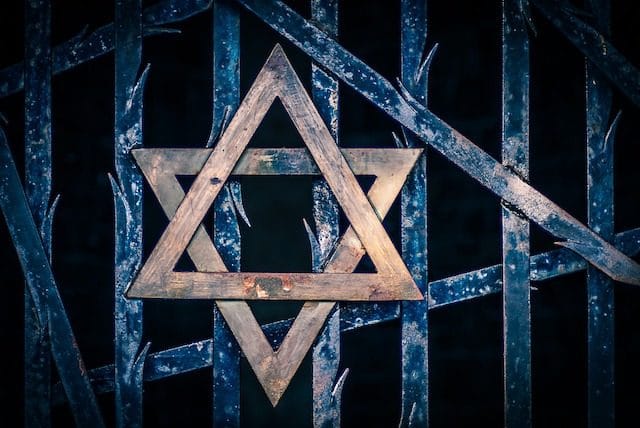
Although anti-Semitic violence reached horrific proportions during World War II, it did not completely disappear during the first war. In fact, many historians agree that the wave of anti-Jewish persecution that swept through Eastern Europe after the war especially in Ukraine and Poland, where more than 100,000 Jews were killed in the pogroms of 1919, laid the ideological foundation for the mass killings twenty years later.
The most destructive of these campaigns were carried out by the Tsarist Russian army. The peak of violence occurred during the period of Great Retreat » 1915, when the Russians used a scorched earth policy against the local population as they retreated from Galicia and Poland. Rape, pillaging and summary executions of Jews were common at the front, an ordeal that would continue long after the war ended. Unlike previous pogroms, much of the violence was carried out by the Tsar's soldiers , often on explicit orders from superiors.
3. The Greek Genocide

Although the Armenian Genocide is still widely remembered and analyzed, it was only one of many campaigns of ethnic cleansing carried out by the Ottomans in their quest to create an ethnically pure Turkish state. state . The first of these genocides, now known as Late Ottoman Genocide , was committed against Greeks living in Anatolia, or the Asian part of modern Turkey. Even by the most conservative estimates, more than a million Greeks were killed in massacres or on marches to prison camps throughout Turkey.
The violence included summary executions, rape, forced conversion to Islam, torture, looting and arson, mostly committed by members of the Young Turk movement and the Ottoman military. While some of the officers responsible were punished after the war, many were not punished , since the Young Turks were an important part of the post-war Turkish government.
2. Serbia
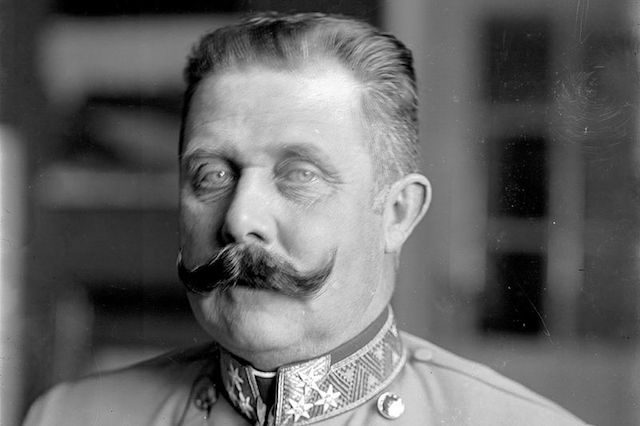
While it is difficult – almost impossible – to trace all the underlying causes of the widespread carnage of World War I, the rivalry between Serbian nationalists and the Austro-Hungarian Empire was a central piece of the puzzle. After all, it was murder The assassination of Austrian Archduke Franz Ferdinand (pictured above) by a Bosnian Serb nationalist was what sparked the conflict in the first place. Austria used this as a pretext to invade Serbia, forcing all the other major powers of the time to choose sides based on their respective national interests and military alliance treaties.
Retribution for the murder would be brutal. In the ensuing invasion, Serbia lost more of its population than any other country in the war. Serbian estimates are during the three years of occupation, people were killed more 1.2 million Serbs , of which about 800 thousand were civilians. There were many others deported , tortured, raped or forced to work by the Habsburg forces, as the entire Serbian population was seen as potential enemies and traitors who had to be exterminated.
1. Spanish flu
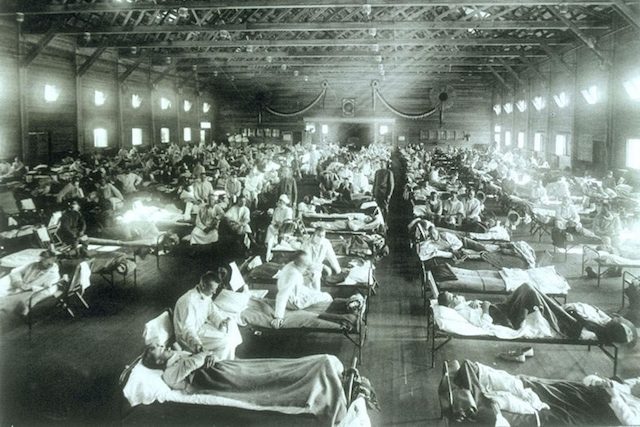
The final phase of the war was compounded by another global tragedy that claimed millions of lives: the Spanish flu. Although exact figures are impossible to establish, the outbreak that began in January 1918 may have killed between 50 and 100 million people worldwide, making it one of the deadliest events in human history.
Even today, we know little about the origins of the virus, although we do know that war played a central role in its spread. study points to trenches where mild strains were left to spread and strengthen after the first wave of severe cases were withdrawn from the front lines.
Front conditions , where soldiers typically lived in cramped, crowded conditions, further accelerated the spread of the disease. Some researchers believe the number of deaths caused by the Spanish flu may have speed up peacekeeping process, as the warring countries suddenly lost large numbers of their fighting forces to disease.














Оставить Комментарий